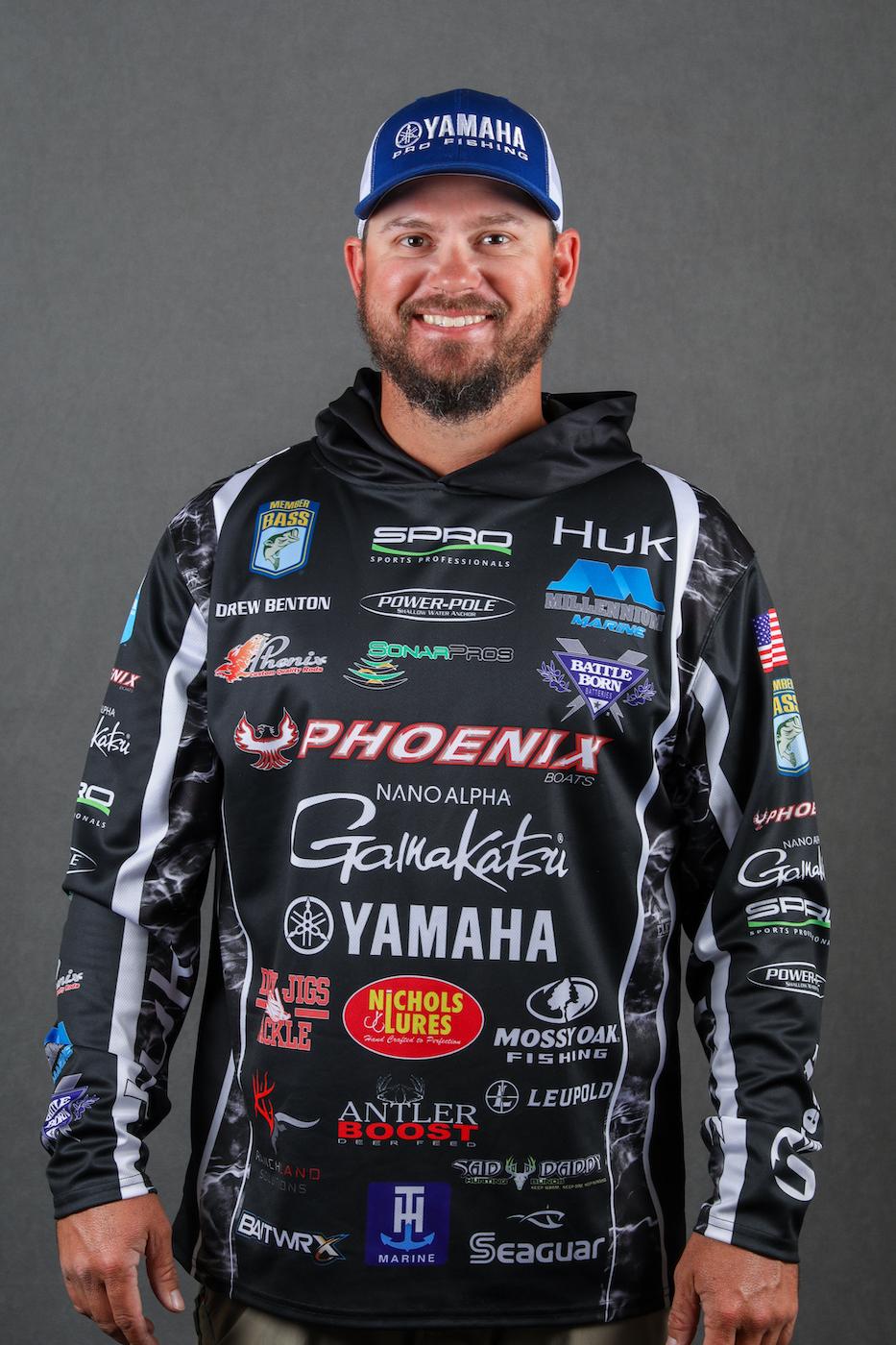
You hear about long worms occasionally, but not nearly enough. They’re some of the best lures ever made when the water’s warm.
They make for a slow and easy meal that a bass can pick up without a whole lot of effort. That’s important during the warmer seasons because bass are likely to be found in any number of places, and they aren’t likely to move very far. They’re coldblooded so it’s popular to believe that as the water gets warmer they become more active. That’s true — but only to a certain point.
When things get super warm — hot — just the opposite happens. They become lethargic and don’t want to move a whole lot and certainly are not interested in expending a lot of energy to eat.
Another thing about long worms is that they can be rigged in countless ways and fished almost anywhere. I like Texas rigs but I also fish long worms on a Carolina rig, a shaky head and on a jig, sort of like a trailer. They’re also an excellent choice for the new technique that you’ve been hearing about called the free rig.
And, once you’re set up with one you can fish it almost anywhere. Grass, rock, open water, laydowns and heavy cover are all good with them. Heck, you can even flip and pitch them. There aren’t any limits.
I’m writing this during the Academy Sports + Outdoors Bassmaster Elite Series Tournament at Lake Guntersville. There’s no way to tell what the tournament holds for me, but I can tell you that a long worm fished shallow and deep, in grass and fairly heavy cover put me in the Top 10 for Day 1.
One question that comes up in any discussion about long worm fishing is what do I mean by long. In my world long is something between 10 and 12 inches. Less than that I consider ordinary. Longer than that isn’t a part of my arsenal.
When a worm gets too long you have a couple of problems. The first is that they’re hard to rig. There’s only so big of a hook that you can realistically put in one. Do you really want to bass fish with a giant saltwater hook, one that’ll handle a tuna or a shark? I don’t.
The other thing is that giant worms — you can find them up to 24 inches — are not likely to catch a 3-pound bass. That’s OK if you are willing to only target giant bass but as a Bassmaster Elite Series professional angler I want to catch 3-pounders. That same thinking probably applies to most anglers.
When it comes to color I’m a generic king of guy. Colors like June bug, plumb, red bug and blue flake are hard to beat in my book. In general I’d have to say that anything with a purple and red hue is good in most places.
One final thought about this: It’s easy to get the impression that professional bass anglers only fish with the newest techniques around. We do, sometimes. But much of the time we go with tried and true lures and presentations that have caught bass for decades. Just because something is old doesn’t mean it won’t work. Next time we’ll talk more about that.





